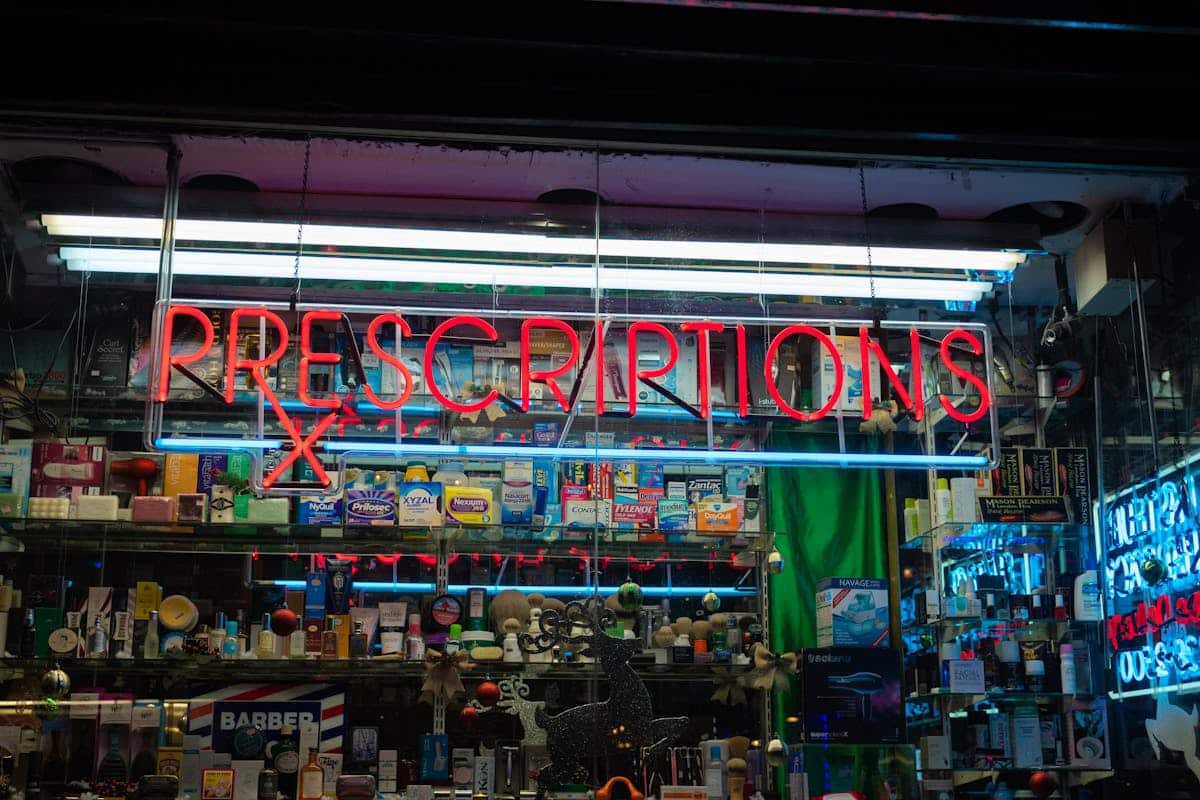Table of Contents
Prescription drugs are an essential component of modern healthcare, helping to treat a wide range of conditions and improve patients’ quality of life. However, one of the most striking aspects of the U.S. healthcare system is the significantly higher cost of prescription medications compared to other countries. While many factors contribute to this disparity, understanding the underlying reasons can help patients navigate their healthcare options more effectively.
1. Lack of Price Regulation
Unlike many countries that have government-imposed price controls on prescription drugs, the U.S. allows pharmaceutical companies to set their own prices. In countries like Canada and several European nations, government entities negotiate prices with drug manufacturers, which leads to lower costs for consumers. In contrast, U.S. consumers bear the full brunt of market prices, resulting in some medications costing significantly more than they do elsewhere.
2. High Research and Development Costs
Pharmaceutical companies often cite the high costs of research and development (R&D) as a justification for their drug pricing. Developing a new medication involves extensive research, clinical trials, and regulatory approvals, which can take years and cost billions of dollars. While R&D is crucial for innovation in medicine, the financial burden is often passed on to consumers in the form of higher drug prices. Many countries subsidize the costs of R&D through government funding, helping to keep prices lower for consumers.
3. Marketing and Advertising Expenses
Pharmaceutical companies in the U.S. spend billions of dollars on marketing and advertising each year, promoting their products directly to consumers and healthcare professionals. This marketing cost is often reflected in the price of medications. In contrast, many countries restrict or prohibit direct-to-consumer advertising for prescription drugs, helping to keep overall costs lower.
4. The Role of Pharmacy Benefit Managers (PBMs)
Pharmacy Benefit Managers (PBMs) serve as intermediaries between drug manufacturers, pharmacies, and health insurance plans. They negotiate prices and manage formularies to help control costs. However, the complexities of the PBM system can lead to higher drug prices, as manufacturers may increase prices to maintain their profit margins after PBM negotiations. The lack of transparency in how PBMs operate can make it challenging for consumers to understand why prices remain high.
5. Limited Competition
While the U.S. has a robust pharmaceutical market, competition among drug manufacturers can be limited for certain high-cost medications. When a drug is under patent protection, there are no generic alternatives available, allowing the manufacturer to charge a premium price. Once patents expire, generics often enter the market, significantly reducing costs. However, until that time, consumers face inflated prices without alternative options.
6. Variations in Insurance Coverage
Insurance coverage plays a crucial role in how much consumers pay for prescription drugs. In the U.S., individuals may face high deductibles, copayments, and coinsurance, making medications expensive even with insurance. In contrast, many other countries offer universal healthcare coverage that reduces out-of-pocket costs for prescription medications.
Strategies to Manage Prescription Drug Costs
While the high cost of prescription drugs in the U.S. can be daunting, there are ways for consumers to manage these expenses. Utilizing a prescription discount card is one effective option. For instance, with BuzzRX, anyone can use our FREE, pre-activated, and ready-to-use BuzzRx prescription discount card to save up to 80% at over 60,000 participating pharmacies nationwide—even if you have insurance. These cards can help alleviate some of the financial burden associated with high prescription costs.
Conclusion
The high price of prescription drugs in the U.S. is a complex issue influenced by factors such as lack of price regulation, high R&D costs, extensive marketing expenses, and limited competition. Understanding these factors can empower consumers to make informed decisions about their healthcare. Additionally, leveraging tools like prescription discount cards can provide substantial savings, making essential medications more accessible. As the conversation around drug pricing continues, consumers must stay informed and proactive in managing their healthcare costs.


